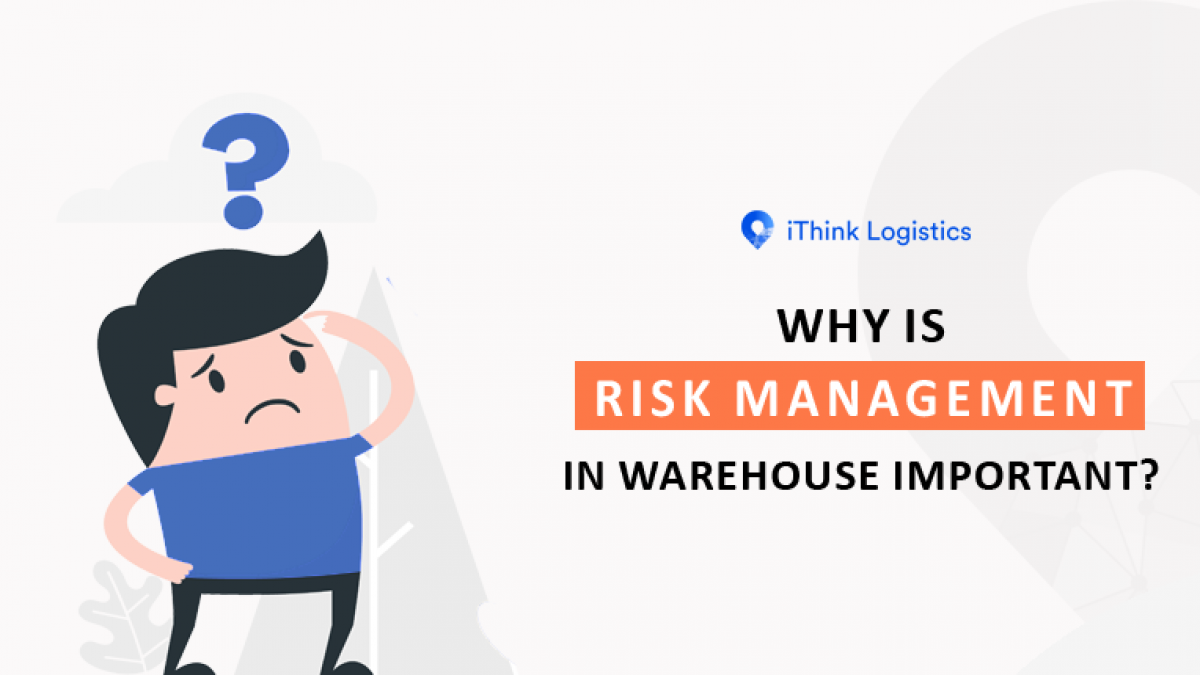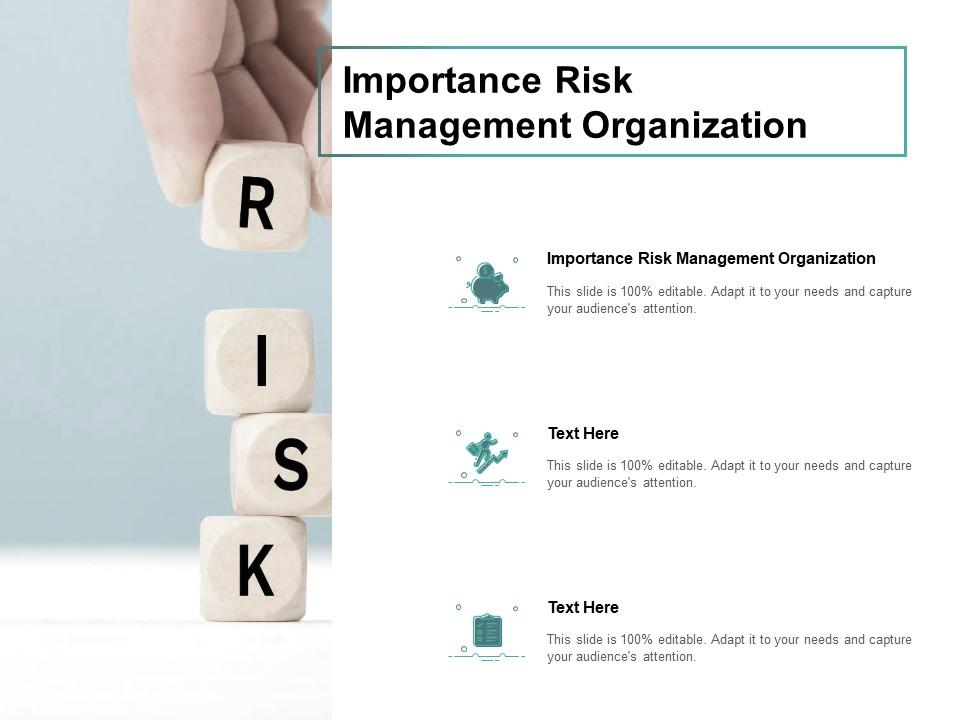Exploring the Relevance of Risk Management for Effective Decision-Making Approaches
In the complex world of company, Risk Management becomes a critical consider the decision-making procedure. The capability to recognize possible risks and chances, and strategize accordingly, can lead to the distinction between success and failing. With tools such as SWOT and PESTEL, companies are furnished to make educated choices, fostering resilience and adaptability in an ever-changing environment. Wondering exactly how this works? Let's unbox the characteristics further.
Understanding the Idea of Risk Management
Risk Management, a crucial element in decision-making, is frequently misunderstood or oversimplified. Usually, it refers to the recognition, evaluation, and prioritization of dangers to minimize, keep track of, and manage the chance or impact of regrettable events. It's not just regarding preventing unfavorable end results, however additionally concerning acknowledging potential possibilities. Risk Management includes self-displined and structured techniques, making use of information and insightful assessments. It calls for an extensive understanding of the organization's context, purposes, and the prospective threats that might thwart them. From financial uncertainties, lawful obligations, tactical Management errors, to accidents and all-natural catastrophes, it addresses numerous dangers. Importantly, reliable Risk Management is not stationary; it's a continuous, forward-looking process that develops with altering circumstances.
The Role of Risk Management in Decision-Making Processes
In the realm of strategic preparation and business procedures, Risk Management plays an essential role in decision-making procedures. It aids in determining prospective risks and uncertainties that could influence the accomplishment of company goals. By mapping these threats, business can create methods to alleviate their influence, ensuring organization connection and stability. Risk Management hence comes to be a crucial tool in decision-making, aiding leaders to make educated choices based upon a thorough understanding of the dangers involved. It motivates an aggressive method, allowing organizations to prepare and prepare for for feasible future circumstances. This significantly minimizes the probability of negative consequences, advertising a lot more effective and reliable decision-making techniques. Risk Management offers as an important component in the decision-making processes of any kind of company.

Just How Risk Management Boosts Strategic Planning
In the context of strategic planning, Risk Management plays a critical function. Starting with the recognition of potential threats, it even more expands to the execution of Risk mitigation steps. The role of Risk Management is not fixed but vibrant, as it requires continuous tracking and adjusting of methods.
Determining Prospective Risks

Executing Risk Reduction
Having actually developed the relevance of determining prospective dangers, the next action is to explore Risk mitigation. This process entails creating and applying techniques to handle identified risks effectively. It is an essential aspect of strategic preparation as it enhances decision-making by minimizing possible adverse results. Risk reduction approaches can vary from Risk avoidance, Risk transfer, to run the risk of reduction. Each strategy should be customized to the certain Risk, considering its possible effect and the company's Risk resistance. Moreover, reliable Risk mitigation calls for a deep understanding of the Risk landscape and the prospective impact of each Risk. This understanding makes it possible for organizations to focus on risks and designate resources efficiently, ensuring that the most considerable risks are dealt with first.
Surveillance and Changing Methods
Though Risk reduction is a critical step in critical planning, constant surveillance and change of these strategies is just as important. This continuous procedure allows organizations to recognize brand-new risks and reassess existing ones, making sure the applied strategies stay reliable in the ever-changing business atmosphere. It additionally provides an opportunity to examine the success of the Risk Management measures, allowing modifications to be made where needed, more enhancing tactical planning. Effective surveillance and adjustment need making use of analytics and crucial efficiency indications (KPIs) to gauge effectiveness. These tools offer useful data-driven understandings that can inform tactical decision-making. Consequently, surveillance and readjusting Risk Management approaches is a critical part for enhancing an organization's durability and calculated planning.
Situation Studies: Effective Risk Management and Decision-Making
In the world of organization and finance, effective Risk Management and decision-making often offer as the columns of thriving ventures. These situations highlight the worth of sharp Risk Management in decision-making procedures. These cases emphasize the essential function of Risk Management in tactical decision-making.
Devices and Techniques for Efficient Risk Management
Navigating the detailed maze of Risk Management requires the appropriate collection of strategies and devices. These devices, such as Risk registers and warm maps, aid in identifying and analyzing potential dangers. Strategies include both quantitative methods, like look at more info level of sensitivity evaluation, and qualitative he said techniques, such as SWOT evaluation. These aid in prioritizing risks based on their prospective impact and likelihood. Risk action approaches, a key component of Risk Management, include approving, staying clear of, moving, or mitigating threats. Monitoring and controlling dangers, via regular audits and evaluations, make sure that the strategies remain efficient. With these tools and methods, decision-makers can navigate the complicated landscape of Risk Management, therefore assisting in educated and reliable decision-making.
Future Patterns in Risk Management and Decision-Making Methods
As we check out the large landscape of Risk Management, it ends up being apparent that the tools and strategies used today will certainly continue to evolve. Future fads direct towards an enhanced dependence on modern technology, with expert system and artificial intelligence playing substantial functions. These technologies will certainly allow companies to anticipate potential threats with greater precision and make more enlightened decisions. Furthermore, there will be an expanding emphasis on strength, not just in taking care of threats yet likewise in getting better from negative situations. Finally, the concept of Risk culture, where every participant of an organization understands and associated with Risk Management, will get much more prestige. These patterns declare a more comprehensive and aggressive technique towards Risk Management and decision-making.
Conclusion

Risk Management hence ends up being an important device in decision-making, helping leaders to make educated choices based on a comprehensive understanding of the dangers involved. Risk mitigation techniques can range from Risk evasion, Risk transfer, to run the risk of reduction helpful hints (importance of risk management). Reliable Risk mitigation requires a deep understanding of the Risk landscape and the prospective influence of each Risk. Risk feedback techniques, a key component of Risk Management, include accepting, staying clear of, transferring, or mitigating risks. The concept of Risk culture, where every member of an organization is aware and entailed in Risk Management, will certainly get much more prominence